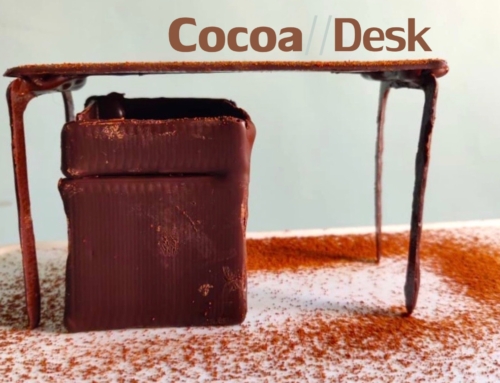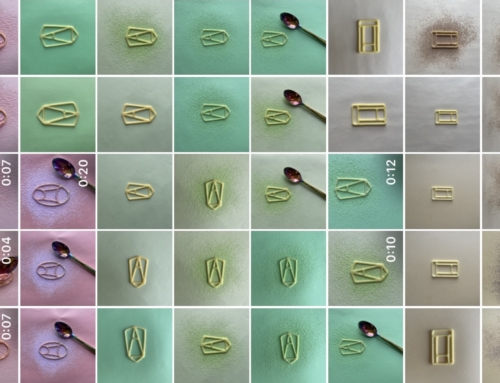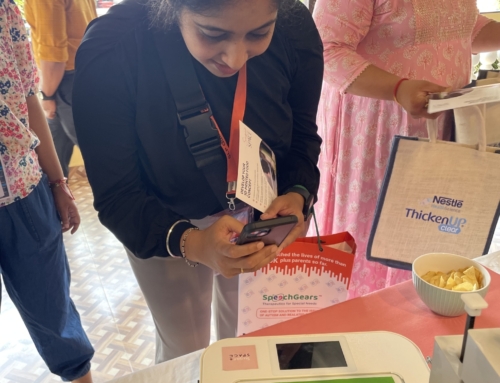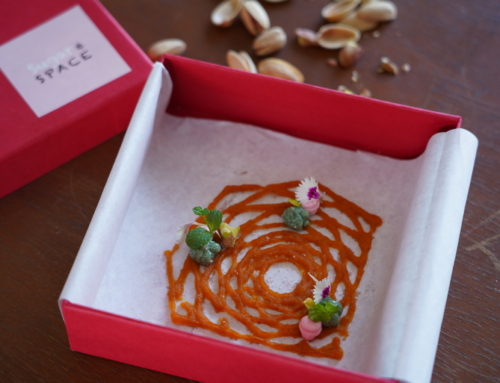No, your eyes and brain are not deceiving you. Yes, you read that right – 3D Printed Food.
There are more advancements than ever before in this niche field. From food companies and patisseries, to healthcare and even in space exploration! You might be wondering what edible materials can go into a 3D printer, and how 3D food printing works.
Can milk be printed? 🥛
Can potatoes be printed? 🥔
Can meat be printed? 🥩
Jashan Sippy, a food-architect and 3D food printing expert shared his views with i-fooddesign, the International Center for Food Design.
Which foods can be 3D printed
“The short answer is that anything and everything that’s in a paste or semi-liquid state can be 3D printed. It needs to be turned into the right consistency for extrusion-based 3D printing. This includes a wide range of salty foods like puréed vegetables, betters, doughs, and cheeses. Also sweets like jellies, frosting, sugar decorations, chocolate, and mashed fruits”, he responded.
Some printers like the Foodini have stainless steel capsules that allow the user to fill them with whatever they wish. “This offers users more flexibility and the possibility for creativity in terms of form and flavour”, he commented.
Others like the ProCusini require you to buy the pre-filled cartridges. “This approach can be beneficial as the prepared food is especially designed to work with the machine, thus providing potentially better operation and results. At the same time being tied to the manufacturers’ material can be limiting, and in the long run, expensive”, he explained.
“In reality the foods that can be 3D printed are currently limited to the processes available: you have to use a homogenous, fine paste that has been carefully sieved, in order to get the best results using 3D printing”, Jashan continued. “Air bubbles in the edible inks are a 3D food printing technicians’ biggest enemy. That’s why we benefit from learning how to tap dance!”, he laughed.
3D printed food is still in its infancy. It has a really long way to go before we can start seeing it being broadly adopted by professionals as well as consumers. However this doesn’t stop us from marvelling at all the fascinating machines and the intriguing edible designs that are possible to create using this emerging technology.
About Jashan Sippy:
Jashan is a green-building certified architect specialised in the design for spaces for food. He is the founder of Sugar and Space, a creative agency dedicated to transforming the way we perceive food everyday. After pursuing an M.Sc. in International Business and specialising in entrepreneurship, Jashan founded Food Design Nation. He is the founding editor of FDzeeN: Art, Culture, and Design for Sustainable Food Systems and has served as the food and space correspondent for The Dutch Institute of Food & Design and Director at the Online School of Food Design. Jashan regularly hosts 3D printing food tastings and demonstration sessions, develops 3D printed food concepts for clients, and speaks globally about this emerging technology.
P.S. – If you want to learn in-depth how 3D food printing works, and want to develop your own concept for a 3D printed product or experience, check out Jashan’s training program 3D Printing Food. You can witness the creation of your edible 3D printed prototype and use the photos and videos in your portfolio, research project, on social media or for your funding application. If you’re already working on a 3D food printing project, you can book a 1-1 session with Jashan to get feedback and collaborate.








Leave A Comment